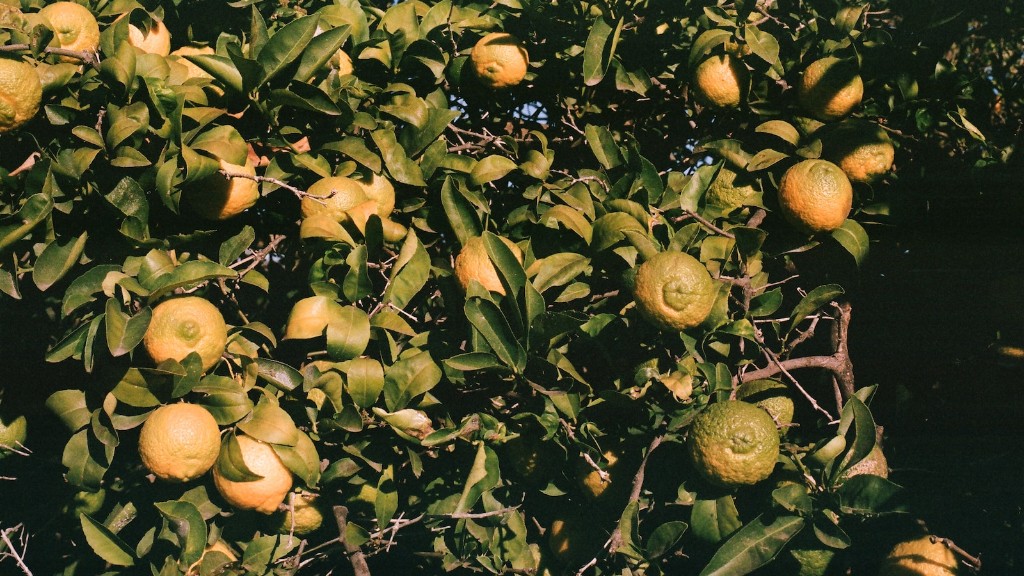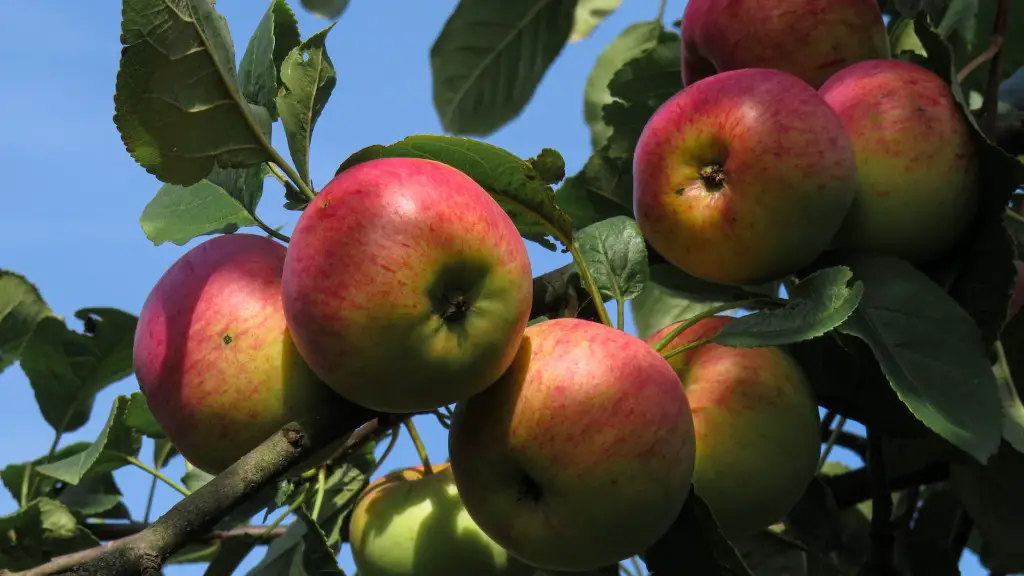Growing a lemon tree from seed in the UK is not a difficult task. To start with, you will need to collect the seeds from ripe lemons. Rinse the seeds off and make sure no pulp remains attached. Then, soak them overnight in room temperature water. This will soften the outer coating of the seeds and start the germination process.
After they have been soaked, transfer the seeds to a moist potting soil. Cover them lightly with some soil and place them in a container with drainage holes. Water the soil lightly, ensuring the moisture remains consistent. It is important to place the container in a warm area to encourage the seed to sprout.
Once the seed has sprouted and grown to a height of a few inches, you can transplant the seedling into a larger pot. Choose a potting soil that is well-draining and has a rich, organic content. Water the soil lightly and place the pot in a location that receives at least 4 hours of direct sunlight. Lemon trees like sunshine.
Fertilise the soil every two weeks with a citrus potting mix. This will help the tree along and provide it with the nutrients it needs for optimal growth. Water the soil as needed but be careful to not over-saturate it. If the soil is too wet, this can increase the risk of harmful fungi and diseases.
If climate and weather conditions allow, once it is established, you can eventually transplant the lemon tree outside in the garden. Choose an area with well-draining soil that is not prone to frost. Prepare the area by digging a hole that is twice the size of the pot and refill it with your compost-enriched soil. Plant the tree and pack the soil in around it. Water it and give it protection from strong winds. Mulch will help keep the soil moist and cool, while also preventing weed growth.
Growing a lemon tree from seed will require patience and dedication, but with the right level of care, it is possible to grow a healthy lemon tree in the UK. It will take some time before you are able to harvest the lemons, however, you will be rewarded with a delicious and juicy fruit.
Pruning a Lemon Tree from Seed
Pruning a lemon tree from seed is important to ensure a healthy and fruitful tree. With proper pruning and trained growth, you can achieve a fully productive tree in a relatively short period of time. Pruning should be done while the lemon tree is still young, as it allows the tree to form natural developing branches and encourages larger, healthier fruit.
The basic technique of pruning a lemon tree is known as selective pruning. This means that you select the weak, diseased and dead branches and prune them off. Cut these branches off close to the trunk, making sure not to leave any stubs. This technique helps maintain the shape of the tree and encourages strong and healthy new growth. It is also recommended to prune branches that are growing out of the main canopy – this prevents overcrowding and gives other branches more exposure to light and air.
For more detailed pruning, it might be best to seek professional advice as this can involve more intricate techniques such as crown-vase and central-leader pruning. These techniques are done to develop branching structures and open up the canopy. This helps the tree to be less prone to diseases, while also promoting growth and enhancing the appearance of the tree.
Bear in mind that incorrect pruning could lead to stunted growth, a decrease in flowering and fruiting, as well as increased vulnerability to disease. Pruning a lemon tree is an essential part of caring for it and should not be neglected.
Repotting a Lemon Tree from Seed
Repotting a lemon tree from seed is important to ensure that it develops properly. When the tree has reached the height of 6-7 inches, transfer it to a larger pot. Choose a pot with plenty of drainage holes and fresh potting soil that is enriched with compost. Water the soil lightly and carefully remove the lemon seedling from its old container, being careful not to harm the roots.
Once the seedling has been removed, inspect the roots for any signs of damage, such as rotting. If the roots are healthy and strong, place the seedling into the larger pot, filling the sides with soil until the base of the lemon tree is level with the top of the pot. Fill in the sides of the pot, while making sure to lightly firm the soil. This will help prevent the tree from toppling over.
Once the tree has been repotted, give it a good watering and place it in a spot where it will receive plenty of sunlight. Water the tree regularly and keep an eye on the soil’s moisture; too much or too little water could be damaging.
Lemon trees can outgrow their pots quite quickly and thus should be repotted every year in the growing season. This allows you to replace the old soil with fresh, nutrient-rich soil and provides the tree with more space to grow. Make sure not to over-stress it during the repotting process, as this can be damaging to the tree.
Caring For a Lemon Tree from Seed
Caring for a lemon tree from seed is essential to ensure that it remains healthy and fruiting. Regular watering is key, as lemon trees require evenly moist soil. Try not to over-water or let the soil dry out completely. It is also important to ensure good air circulation as this helps discourage pests and diseases.
Fertiliser is also essential to sustain healthy growth. Use citrus fertilizer for optimal results, applied in late winter to mid-spring. Follow the directions on the packet and be careful not to over-fertilise. Adding organic matter to the soil is also beneficial, as this can help enrich it and provide essential nutrients.
Protect your lemon tree from the harsh winter conditions in the UK by covering it with a burlap sheet or immersing the pot into the ground. Both techniques help keep the roots and branches sheltered. Lemons are sensitive to frost, so make sure to take the necessary precautions.
Regular pruning helps shape the tree and encourages strong, healthy growth. Remove any diseased or dead branches to help prevent the spread of pests and diseases. Pruning is also important to promote the fruiting of your lemons.
Harvesting Lemons from a Lemon Tree from Seed
Harvesting lemons from a lemon tree from seed can be rewarding. Lemons need to be harvested when they are ripe. To test for ripeness, gently pull on the lemon and check the colour; it should be yellow and give a bit of resistance. If it is easy to pluck, it is not yet ripe.
Lemons can also be harvested to encourage the tree to produce more. Fruiting tends to occur during the summer season, however, this can depend on the variety of lemon tree. Be careful when harvesting and use the appropriate tools. Picking lemons with your fingers could cause damage to the tree, as could cutting off the fruit close to the stem.
Store any uneaten lemons in the fridge. As with any citrus fruit, keep it away from plastic and store in an open air container. This will help preserve the flavour and stop it from spoiling.
With plenty of care and attention, you will eventually be able to enjoy the fruits of your labour with a delicious, homegrown lemon. Growing a lemon tree from seed in the UK can be a rewarding experience, and with the right level of care, you can have a productive tree in no time.





